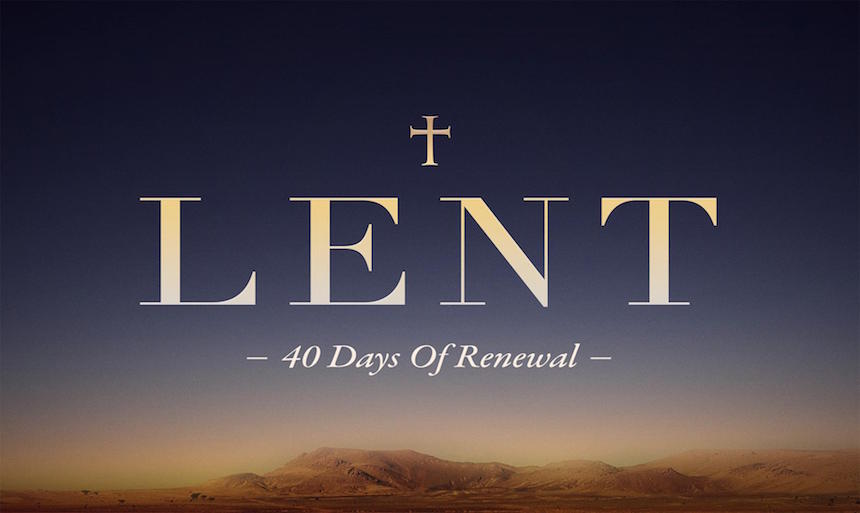What Is Lent?
The word “Lent” comes from the Middle English word for “Spring,” but the Latin term “Quadragesima” means “forty,” which refers to the number of fasting days during the season to prepare for Easter. This season of Lent began as a time of preparation for the Sacrament of Baptism, when the catechumens would undergo intense spiritual preparation.
The early Church understood that Easter each year was the celebration of one’s own baptism, of his or her own plunge into the life of the Risen Christ. These early Christians built their spirituality around this understanding. The early Christian knew that his or her Baptism was the reason he or she was a part of the sacramental community and able to share in the Eucharist. The Church today is trying to rediscover this spirituality built around Baptism with the Rite of Christian Initiation of Adults.
The Rite of Christian Initiation of Adults restores the ancient Lenten practices of the Church which welcomed people into the Catholic family. In the same way the early Christians were inspired by the catechumens, the present rite is designed to inspire us to reflect on and to live our baptismal identity. We, as a parish, are called not only to embrace our Catechumens and Candidates, but also to journey with them throughout the Lenten and Easter seasons. This journey compels us, individually and as a community, to renew our commitment of discipleship and to strengthen our relationships that are deeply rooted in Resurrection faith.
In preparation for Easter, we put aside our “business-as-usual” to support each out in:
Throughout the 40 days of Lent, we put aside our “business-as-usual” to support each other in:
- Prayer that nourishes our spirit, such as daily Mass or daily Scripture reading.
- Fasting that reminds us of our spiritual hunger and our need for God, such as fasting from food, busy-ness, negative attitudes, or behavior.
- Almsgiving or Works of Charity that enlarge our hearts as we commit ourselves to the good of others.
Specific devotions at St. Catherine during Lent include our:
- Annual Lenten Penance Service on Wednesday, February 24 at 7:00pm in the Church.
- Souper Supper Lenten Meals every Friday during Lent from 5:00pm-6:45pm in the Parish Family Life Center.
- Stations of the Cross every Friday at 7:00pm in the Church.
Those participating in the Rite of Christian Initiation of Adults (RCIA) will be participating in the traditional rituals of the Period of Purification and Enlightenment:
- Rite of Sending on the First Sunday of Lent (February 21 at the 10:00am Mass)
- Rite of Election on February 21 at 3:00pm (at St. Joseph) – private ceremony with the Bishop
- Penitential Rite on the Second Sunday of Lent (February 28 at the 10:00am Mass)
- First Scrutiny on the Third Sunday of Lent (March 7 at the 10:00am Mass)
- Presentation of the Creed on Tuesday, March 9 at 7:30pm (on Zoom)
- Second Scrutiny on the Fourth Sunday of Lent (March 14 at the 10:00am Mass)
- Third Scrutiny on the Fifth Sunday of Lent (March 21 at the 10:00am Mass)
- Presentation of the Lord’s Prayer on Tuesday, March 23 at 7:30pm (on Zoom)
Frequently Asked Questions (from USCCB’s webpage on Lent)
Q. Why do we say that there are forty days of Lent? When you count all the days from Ash Wednesday through Holy Saturday, there are 46.
A. It might be more accurate to say that there is the “forty day fast within Lent.” Historically, Lent has varied from a week to three weeks to the present configuration of 46 days. The forty day fast, however, has been more stable. The Sundays of Lent are certainly part of the season of Lent, but they are not prescribed days of fast and abstinence. Ash Wednesday became the starting day for Lent around the beginning of the sixth century.
Q. So does that mean that when we give something up for Lent, such as candy, we can have it on Sundays?
A. Apart from the prescribed days of fast and abstinence on Ash Wednesday and Good Friday, and the days of abstinence every Friday of Lent, Catholics have traditionally chosen additional penitential practices for the whole Time of Lent. These practices are disciplinary in nature and often more effective if they are continuous, i.e., kept on Sundays as well. That being said, such practices are not regulated by the Church, but by individual conscience.
Q. I understand that all the Fridays of Lent are days of abstinence from meat, but I’m not sure what is classified as meat. Does meat include chicken and dairy products?
A. Abstinence laws consider that meat comes only from animals such as chickens, cows, sheep or pigs — all of which live on land. Birds are also considered meat. Abstinence does not include meat juices and liquid foods made from meat. Thus, such foods as chicken broth, consomme, soups cooked or flavored with meat, meat gravies or sauces, as well as seasonings or condiments made from animal fat are technically not forbidden. However, moral theologians have traditionally taught that we should abstain from all animal-derived products (except foods such as gelatin, butter, cheese and eggs, which do not have any meat taste). Fish are a different category of animal. Salt and freshwater species of fish, amphibians, reptiles, (cold-blooded animals) and shellfish are permitted.
Q. I’ve noticed that restaurants and grocery stores advertise specials on expensive types of fish and seafood on Fridays during Lent. Some of my Catholic friends take advantage of these deals, but somehow I don’t feel right treating myself to the lobster special on Fridays during Lent.
A. While fish, lobster and other shellfish are not considered meat and can be consumed on days of abstinence, indulging in the lavish buffet at your favorite seafood place sort of misses the point. Abstaining from meat and other indulgences during Lent is a penitential practice. On the Fridays of Lent, we remember the sacrifice of Christ on Good Friday and unite ourselves with that sacrifice through abstinence and prayer.
Q. I understand that Catholics ages 18 to 59 should fast on Ash Wednesday and on Good Friday, but what exactly are the rules for these fasts?
A. Fasting on these days means we can have only one full, meatless meal. Some food can be taken at the other regular meal times if necessary, but combined they should be less than a full meal. Liquids are allowed at any time, but no solid food should be consumed between meals.
Q. Are there exemptions other than for age from the requirement to fast on Ash Wednesday and Good Friday?
A. Those that are excused from fast and abstinence outside the age limits include the physically or mentally ill including individuals suffering from chronic illnesses such as diabetes. Also excluded are pregnant or nursing women. In all cases, common sense should prevail, and ill persons should not further jeopardize their health by fasting.

